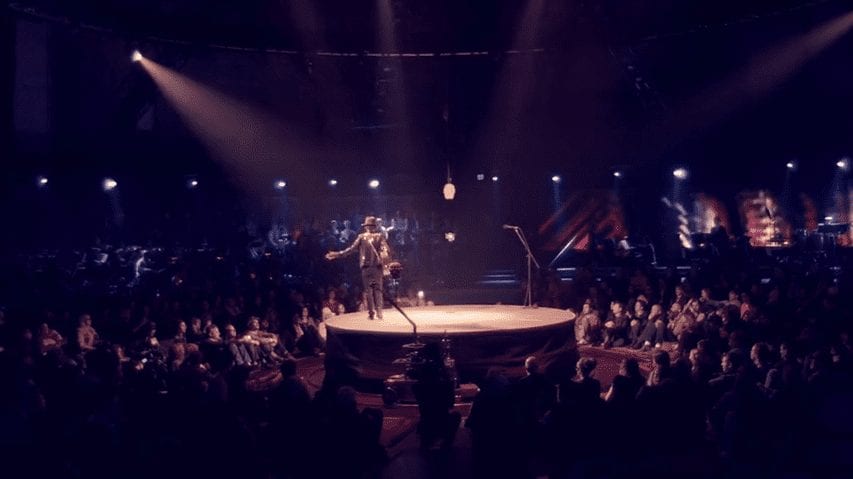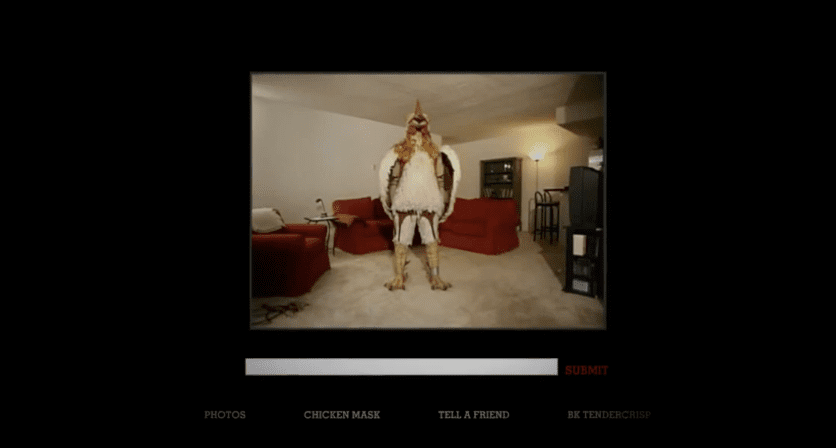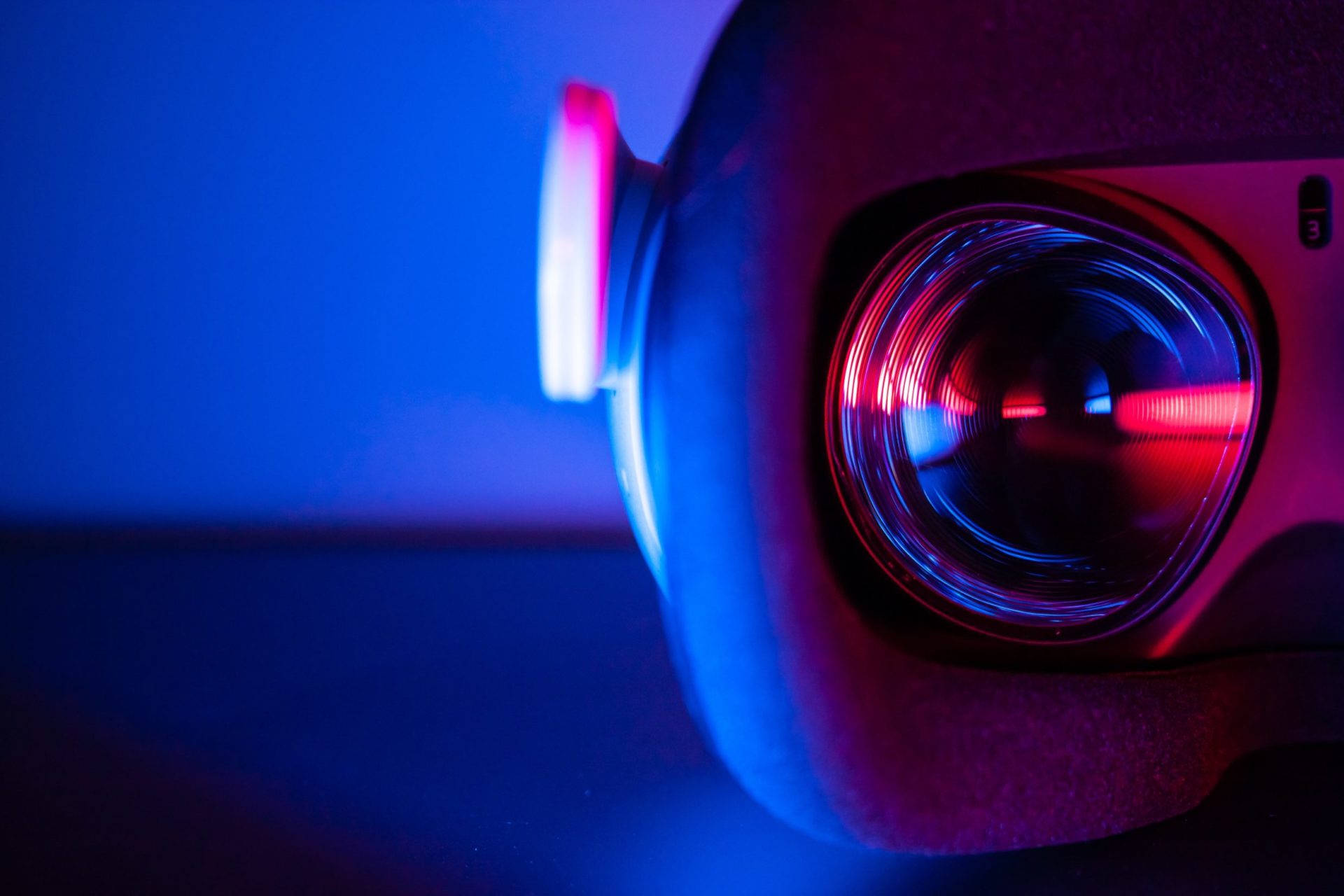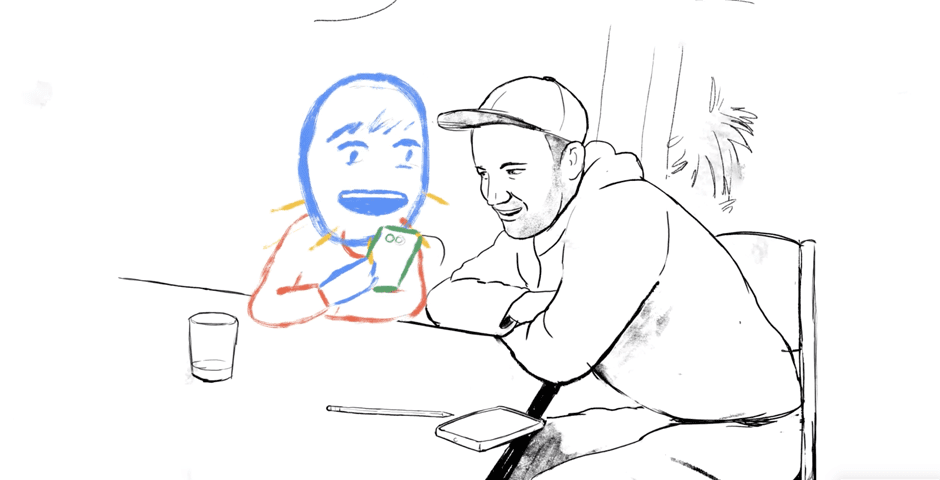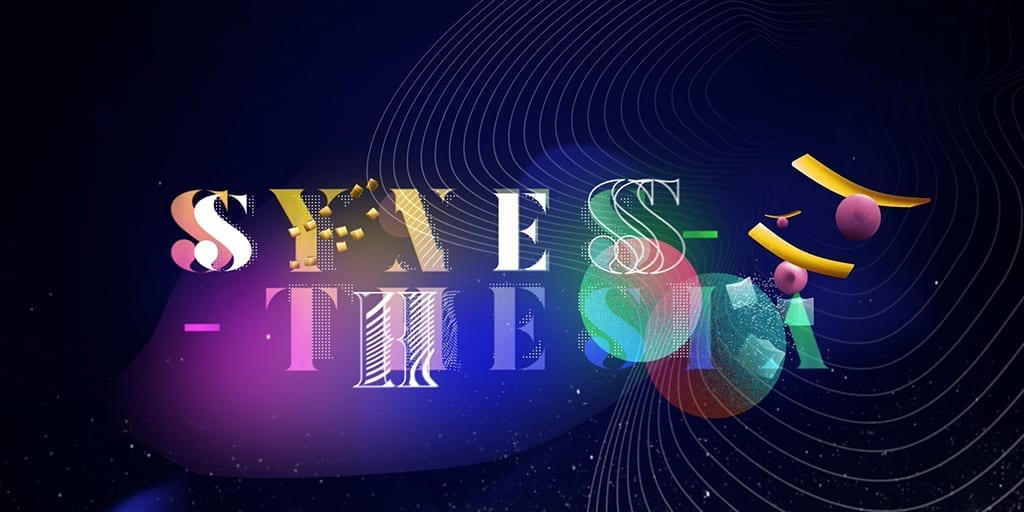AT THE WEBBY AWARDS, we’ve had a front-row seat to how technology has revolutionized our lives over the last two decades. Since we launched in 1997, the concept of a virtual experience has evolved tremendously, before live performances or social networks or video chats were even seedlings of an idea, and even when creators looked to take an IRL experience and find a “virtual” angle it was never to replace what was happening in real life.
This year the global pandemic ushered in a wave of communities, artists, journalists, musicians, and brands coming together to fill a hole that was created when stay-at-home orders went into effect. With this, the creative community began rethinking what it means to craft a virtual experience. They created accessible, innovative experiences that were not enhancements to real life but allowed us to continue connecting, celebrating, and experiencing new things.
From the outset of creating virtual and remote projects, the hallmarks of standout work have been those that rethink how to offer people accessible, equitable and inclusive experiences from anywhere in the world. A need for that criteria has become even more prevalent this year. Early innovations in the Virtual and Remote space pushed technology to new limits, and as 2020 has unfolded the space has been powered by these innovations, and celebrated by a collective change in culture that embraces the accessibility, equity and inclusivity that they offer.
FOR OUR 25TH ANNIVERSARY, we are looking back at some of the landmark projects that have won Webby Awards and show the evolution of how we got to where we are today which has led to the creation of a dedicated suite of Virtual & Remote categories which we are currently taking entries for and will honor in the Spring of 2021. Learn more about the new categories, and enter The Webby Awards before the Final Entry Deadline on Friday, December 18th.
ALL VIRTUAL ALL THE TIME became the new norm weeks into the start of the COVID-19 lockdown as we tuned in across platforms to hear from some of the biggest performers in the world with Global Citizen’s One World: Together At Home virtual concert, Artists entered new platforms also found ways to create merge gaming, music, and immersive experiences like Astronomical by Travis Scott and FORTNITE, Paris Fashion Week was brought online through the first-ever Circular Fashion Summit, and even business-focused efforts like Pivot Schooled allowed for community and networking in a time of lockdown with things like a five-part virtual series on how Covid-19 transformed the global economy.
VIRTUAL AND AUGMENTED REALITY marked the 2010s via the introduction of new software and platforms. New possibilities presented a new realm of possibilities for virtual experiences. Event-planning mobile apps gained popularity and conferences like the 2011 Event Camp Europe brainstormed “hybrid events,” to reach wider audiences online while enhancing in-person events through technology. Major tech companies developed their own Oculus, VR, and AR tools, ushering a new era of work.
We remember Doritos Late Night Rihanna, the 2011 website by Goodby, Silverstein & Partners that let teens unlock a special performance by Rihanna using AR and a bag of Doritos. As the first-ever Webby Winner for Augmented Reality, it marked a move towards digital experiences with new technologies. Cardboard Crash by National Film Board of Canada used Google Cardboard to explore the dangers and ethics of self-driving cars. And in 2013, Webby Judge and Director Chris Milk was tasked by Lincoln to reimagine the concert (even when we were still crowding into venues). Milk’s project, Hello, Again, featuring Beck, allowed for virtual concert attendees to experience the 360-experience from any seat in the venue.
TESTING NEW WATERS IN THE EARLY AUGHTS: As early as 2004, we saw early signs of mixing real life with virtual and remote concepts, with projects like The Subservient Chicken. The Webby-winning site by Barbarian, featured a man in a chicken costume performing actions based on the user’s input, using pre-recording footage but appearing like an interactive webcam. Launched in 2009, Nike Chalkbot by Wieden+Kennedy and Deeplocal broke ground as the first use of robotics in advertising.
Within a couple of years, the possibilities expanded to host virtual, interactive experiences for larger audiences around the world. In 2011, Japanese agency PARTY broke new ground with MAKE TV, a live interactive television show. Made for Sony’s “make.believe” campaign, the project allowed the audience to participate in creating a music video for American pop duo Karmin on their television. More than 890,000 people watched MAKE TV live, paving a successful path for future virtual experiences.
BURGER KING SUBSERVIENT CHICKEN FROM BARBARIAN.
By 2014, new technologies were helping creatives push the envelope and create virtual experiences for people who weren’t able to be in the same room together. We remember projects like Fundawear by Reckitt Benckiser Australia, designed in partnership with Havas and Durex. Using wearable technology, they created intimates which allowed personal touch to be transferred from an accompanying smartphone app to a partner, anywhere in the world.

The Virtual and Remote space has come a long way since the earlier days of the Internet. The technology and creatives leading this charge hold much potential to evolve, and create experiences that augment our current realities in order to build a better future.
Words by Jordana Jarrett

